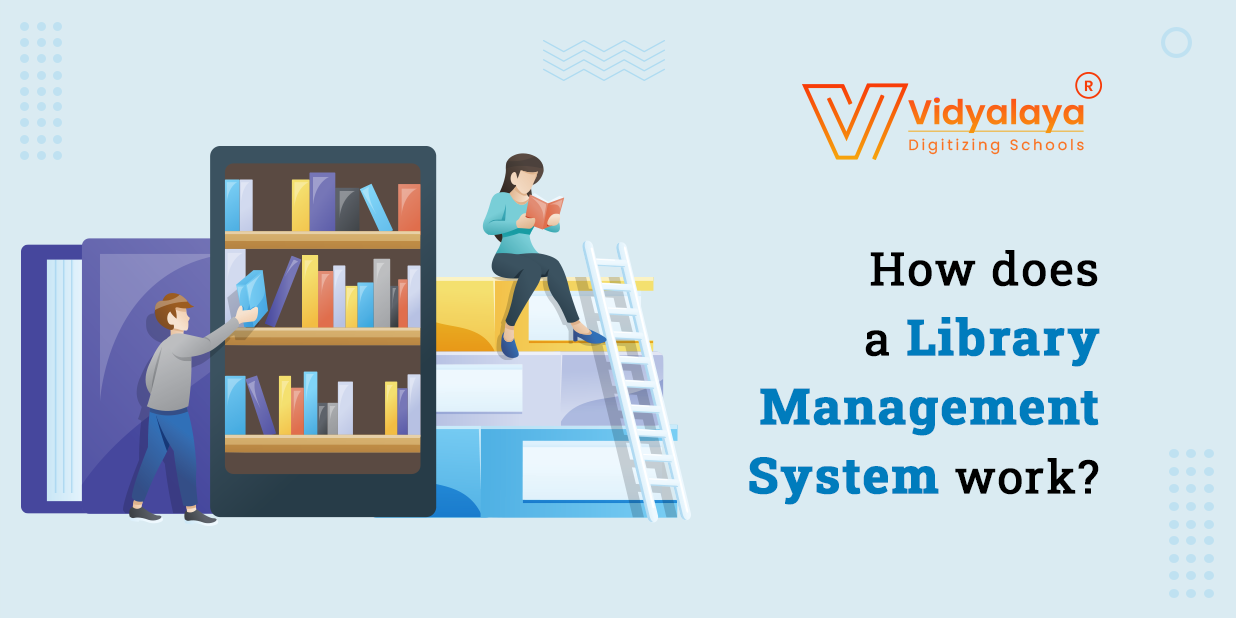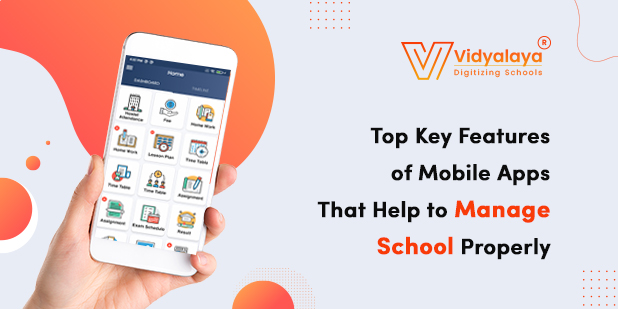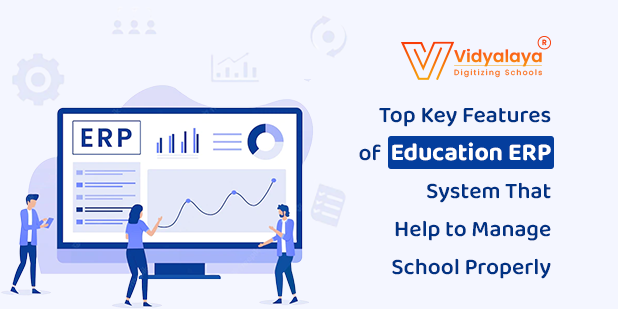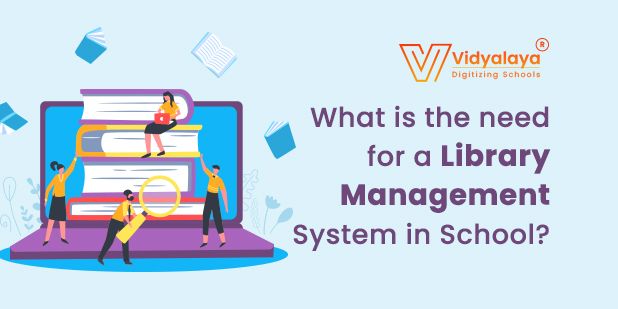Even though we often rely on smart gadgets for any type of help, we all will agree that there is no substitute for books today either. Books are the sources of knowledge and, in schools and colleges, they are the primary source of knowledge acquisition. Libraries are the powerhouse of knowledge in educational institutes. But it is also true that we have to change with time. So, to keep the authentic base intact, today’s educational institutes need a library management system. Many institutes still hesitate to make a shift to the automated system and they lack numerous things. Want to know what they are missing, stay on this blog!
What are the disadvantages of the manual library management approach?
Manual approach to library management has developed several flaws as time has advanced to technology-oriented workflows. Here are some disadvantages of the traditional library management system:
- It requires a major workforce for catalogue, register, arrange, sort, borrow and return the books.
- Human intervention errors don’t produce desired efficient results.
- Reduced data sharing and slow process
- Lack of security and data can be accessed by anyone.
- Time-consuming processes can reduce productivity.
- Manual report creation
What is a Library Management System?
A library management system is a comprehensive software that manages library operations along with inventory through an automated platform. With this platform, schools can run the library at reduced costs and improved efficiency. All underlying operations are performed by the software with increased accuracy and through utmost automation, like:
- Managing catalogues
- Book Acquisition
- Borrow and return of books
- User profile creation
- Barcode assignment to books and registration
- Fine collection and payment
- Inventory management
Working of a Library Management System:-
As library management software looks after entire library operations, it has different modules, which define the working of it. Let’s have a detailed illustration of the working of library management software:
User Management:
- There are different types of users for the library management system- students, teachers, and the staff. Every user has definite access to the data and system based on their roles. For example, some books may be reserved for only teachers, staff of the library system can accomplish other library transactions which teachers and students can’t do.
- So, based on their roles, a library management system creates the profiles of the users and issues a unique card for everyone, containing the details like name, contact details, and library card number.
- This unique id assigned to each user will help the system to identify the user and track the transactions.
- This also helps to create personalized paths for them based on their selection of books, and borrowing history.
Catalogue and Database Management:
- When a new book is purchased, it should be registered in the library management software. This will include details like book title, ISBN number, publication details, date of acquisition. Each book will get a unique barcode/RFID to distinguish the book.
- A RFID/barcode scanner will scan the details and the same information is updated in the library management database and will make the book ready for transactions.
Inventory Management:
- Like any other business, inventories in the library also play a crucial role. A dedicated library management software helps staff to locate missing items and order replacements when needed.
- It not only keeps track of borrowed and circulated books but also aids in reducing inventory levels and maintaining sufficient copies of the books.
- This automated system helps in stationery and manpower reduction, resulting in significant cost reduction.
Borrow and Return Processes:
- Borrow and return of books is the core process of the library system. Users, who want to borrow a book, he/she will showcase/swap their library card at the circulation desk/RFID machine.
- Staff/desk will identify the user and will display the books he/she has and the corresponding actions.
- On return of book, staff/system will update the database with the return details, will check with fine if any, and will make the book available for others.
- In case of a fine, the update will be done only after the user pays the fine.
Reservations and Holds:
- Users can claim a reserve for a specific book through a library management system. This will keep the reservations that are currently borrowed by others. System will notify the users when the books will be available.
- Additionally, some books are held for specific types of users like teachers. Teachers can get the information through the system.
Fine collection and payment:
- A specific amount is taken by the library management from the users if the books are lost/returned delayed/damaged. This fine collection can be a great source of income for the library.
- Some advanced systems send alerts to the users and notify them about the delay, library fees, books issued, and due dates. Based on predefined rules, automated fine amounts can be accounted for by the users.
Reporting and Analytics:
- It is important for decision-makers to have detailed insights of the systems so that they can make effective and realistic decisions.
- A library management software facilitates users with various types of reports like circulation data, collection, patron usage, acquisitions, fine collection, etc.
- This customized and standard reporting helps decision-makers to add new or reinvent existing strategies.
Third-party integration:
- In contrast with the manual approach, a library management system integrates seamlessly with other tools/systems to improve workflow efficiency.
- For smooth operations, the system collaborates with other technology like RFID, Barcode, digital content systems so that operations can be better and users can get what they want easily.
Conclusion:
Change is the only solution to survive! Like every other sector, the education sector has undergone several transitions with technology intervention. Vidyalaya’s library management software makes this transition effortless and brings a new efficiency level to institutional libraries. From cataloguing both digital and physical books, to carrying out daily borrow and return processes, our vidyalaya software sets a benchmark in simplifying the workflows. It not only uplifts operational efficiency but creates an environment conducive to academic excellence.
Let Vidyalaya’s comprehensive library management system toolset empower you to navigate efficiently the changing landscape of education sector. With contemporary features, we promise you to foster a progressive environment that supports academic growth, improved administrative efficiency, and superior learning experience. Choose us to keep ready your institute for today and tomorrow!































